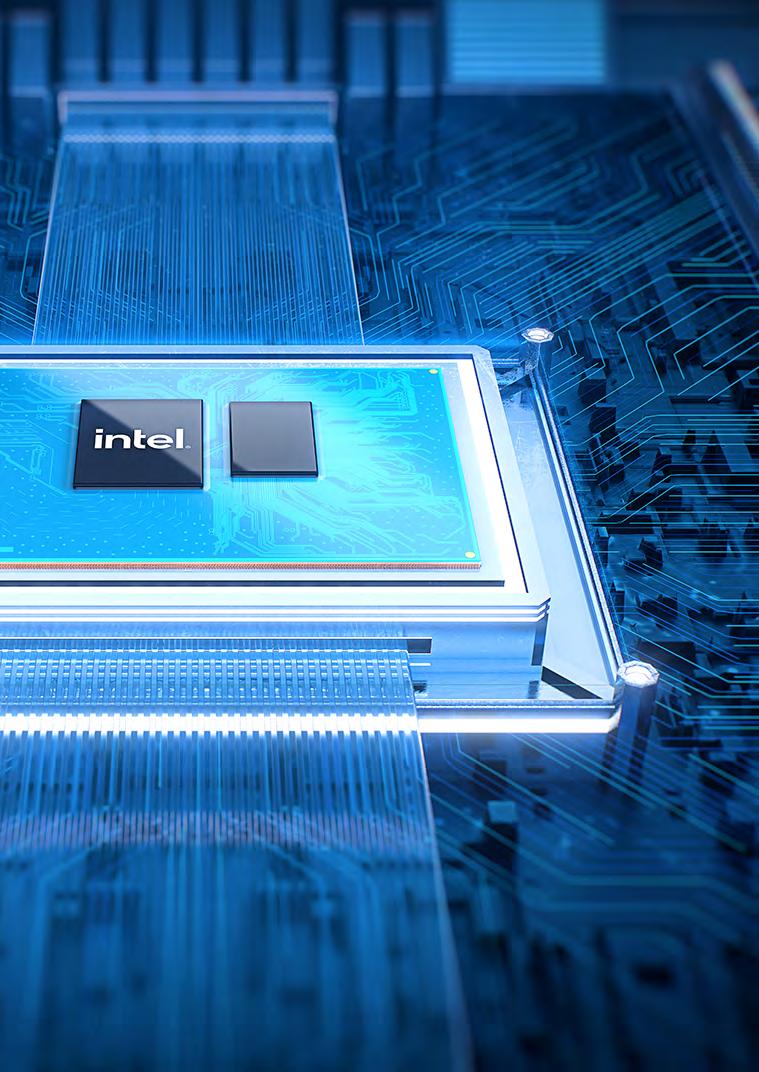INTEL’S COMMITMENT TO US INNOVATION & MANUFACTURING






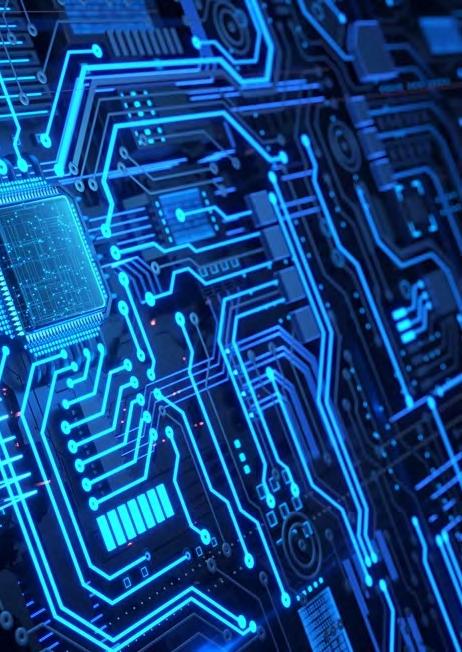

 Project by: Malvern Kandemwa
Words by: Michelle Duncan
Project by: Malvern Kandemwa
Words by: Michelle Duncan
PAT GELSINGER IS THE CEO OF INTEL CORPORATION, THE WORLD’S LARGEST SEMICONDUCTOR COMPANY AND A LEADER IN INNOVATION AND MANUFACTURING. HE HAS A LONG AND DISTINGUISHED CAREER IN THE TECHNOLOGY INDUSTRY, SPANNING OVER FOUR DECADES AND MULTIPLE ROLES. GELSINGER STARTED HIS CAREER AT INTEL IN 1979, WHEN HE WAS ONLY 18 YEARS OLD. HE QUICKLY ROSE THROUGH THE RANKS AND BECAME THE CHIEF ARCHITECT OF THE I486 PROCESSOR, ONE OF THE MOST SUCCESSFUL PRODUCTS IN INTEL’S HISTORY. HE ALSO LED THE DEVELOPMENT OF KEY TECHNOLOGIES SUCH AS USB, WI-FI, INTEL CORE, AND INTEL XEON PROCESSORS. HE WAS THE FIRST CHIEF TECHNOLOGY OFFICER OF INTEL AND THE YOUNGEST VICE PRESIDENT IN THE COMPANY’S HISTORY.
$63 BILLION USD INTEL’S GLOBAL REVENUE 2022
$16.5 BILLION USD INTEL’S US REVENUE 2022
$8 BILLION USD INTEL’S GLOBAL NET INCOME 2022
132,000 EMPLOYEES WORLDWIDE
In 2021, Gelsinger returned to Intel as its CEO, with a mission to restore the company’s technological leadership, innovation, and culture. He announced a new strategy called IDM 2.0, which combines Intel’s strengths in design and manufacturing with increased use of external foundries and partnerships. He also unveiled several major initiatives, including a $20 billion investment in two new US chip
making facilities, a new business unit called Intel Foundry Services that will offer chip manufacturing services to other companies, and a collaboration with IBM on research and development.
Intel is one of the world’s largest and most valuable semiconductor chip makers, generating $63 billion in global annual revenue in 2022. The company has been
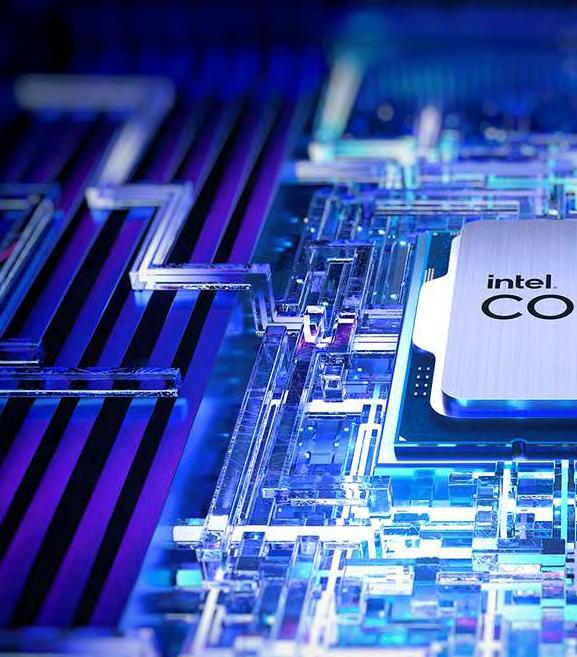
a leader in the semiconductor industry for decades, designing and manufacturing sophisticated processors and chipsets that power the world’s computers, servers, smartphones, and other devices. Intel has also been a pioneer in developing key technology inflections that are fundamentally changing computing and communications, such as artificial intelligence (AI), 5G network
transformation, and the rise of the intelligent edge.
However, Intel has also faced some challenges in recent years, such as delays in producing its next-generation chips, losing market share to rival companies, and missing the mobile revolution. To overcome these difficulties and regain its competitive edge, Intel has announced a bold
strategy to invest $20 billion in building two new chip factories in Ohio, as part of its broader plan to expand its U.S. manufacturing capacity and become a foundry service provider for other chip designers. This move reflects Intel’s commitment to U.S. innovation and manufacturing, as well as its response to the global chip shortage that has affected various industries and sectors.
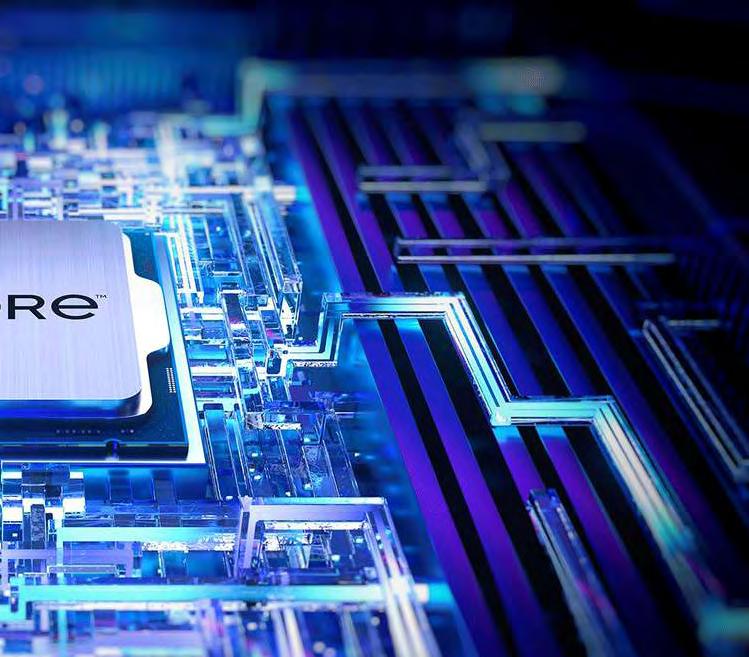
Semiconductors are the backbone of modern technology. They are essential to all aspects of modern life, power everything from smartphones, laptops to data centres and aviation to automobile manufacturing.
In an increasingly interconnected world, semiconductors play a pivotal role in driving economic growth, enabling digital transformation, and enhancing national security. They enable faster, smarter, and more efficient devices and systems that can process substantial amounts of data, connect people and things, and perform complex tasks. Semiconductors are also critical to the national security and economic competitiveness of countries, as they underpin the development of emerging technologies such as AI, 5G, quantum computing, and biotechnology. The global semiconductor market is expected to reach $583.5 billion by 2024 driven by the growing demand for chips in various applications and domains. However, the market is also facing some challenges, such
as supply chain disruptions, trade tensions, geopolitical risks, and technological gaps. Therefore, it is important for semiconductor companies to invest in innovation, research and development, and manufacturing capabilities to meet the current and future
Intel will spend $20bn on US chip factory to challenge Asia
needs of customers and society.
Intel’s strategy to build new chip factories in the U.S. is not only a significant investment in its own future growth and differentiation, but also a contribution to the U.S. semiconductor ecosystem and
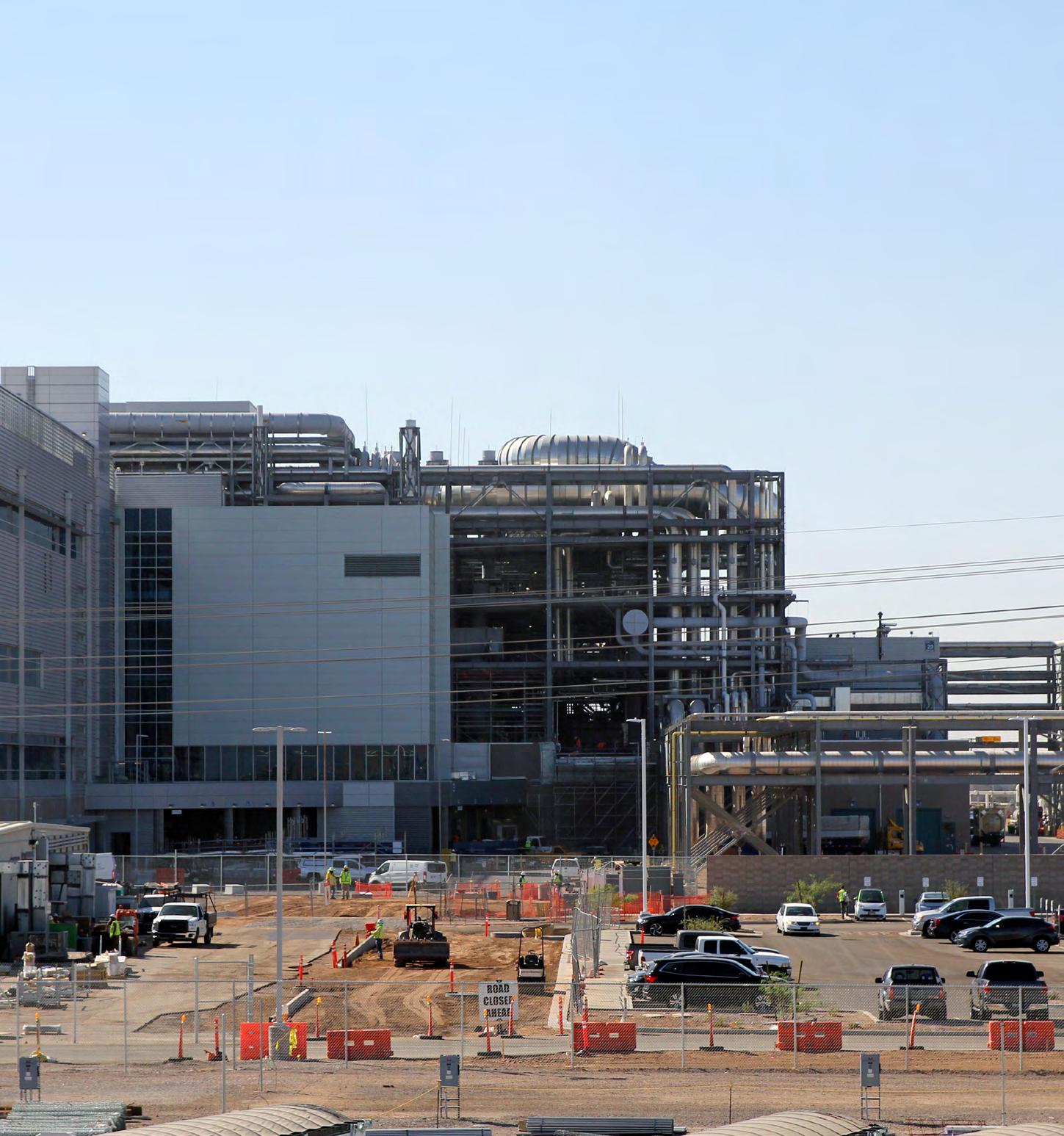

the global semiconductor industry. By increasing its domestic production capacity, Intel can reduce its reliance on foreign suppliers, improve its operational efficiency and flexibility, enhance its product quality and performance, and offer more choices and value to its customers. By becoming a foundry service provider, Intel can also leverage its technology leadership and expertise to help other chip designers realise their visions and innovations.
As the demand for semiconductors grows exponentially, so does the need for reliable supply chains, cutting-edge innovation, and skilled talent. Gelsinger is committed to making Intel a leader in all these aspects, while also supporting the broader semiconductor ecosystem in the US and around the world. He advocates for policies and investments that will strengthen the domestic semiconductor industry, such as the CHIPS for America Act, which provides incentives for chip manufacturing and research in the US. He also supports initiatives that will foster collaboration and trust among allies and partners in the semiconductor space.
Intel’s new chip factories will also create thousands of jobs for American workers, support local communities and businesses, and stimulate economic activity and development. Moreover, Intel’s initiative will help advance the U.S. leadership in semiconductor technology and innovation, which is vital for maintaining the U.S. edge in strategic domains such as defence, intelligence, health care, energy, and education.
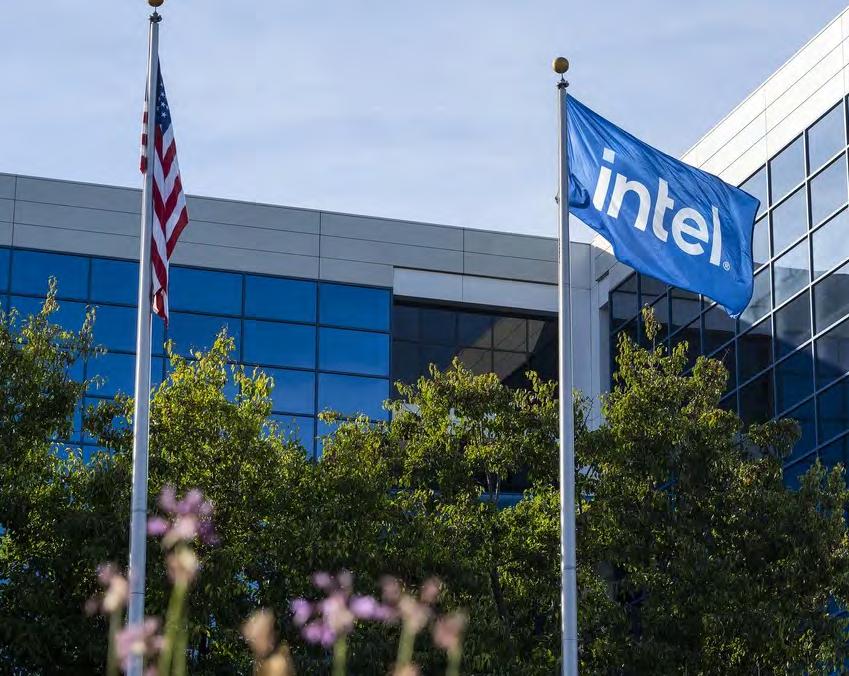
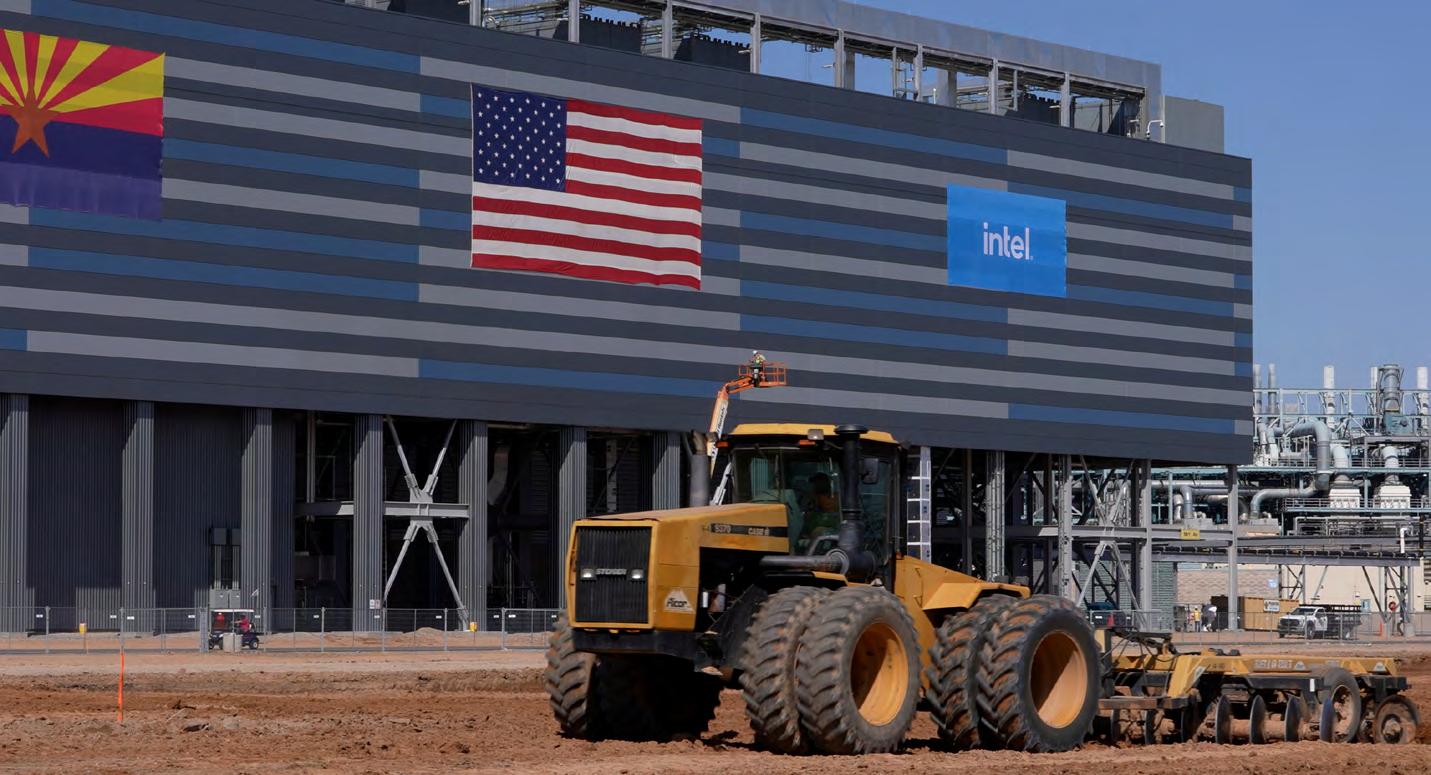

The global semiconductor industry is highly competitive, with countries around the world vying for leadership. Intel’s commitment to U.S. innovation and manufacturing is not only about economic advantages but also about maintaining a strategic edge in critical technologies. Semiconductors have become a strategic asset, and the ability to design and manufacture them domestically is vital for national security and technological leadership. The current chip shortage is a global problem that affects different industries in several ways, such as the automotive, GPU, and game console industries. The shortage is caused by a combination of factors, such as the COVID-19 pandemic, supply chain disruptions, trade tensions, geopolitical risks, and technological gaps.
To address the chip shortage, some of the actions that are being taken or planned are:
Increasing the production capacity of existing and new chip factories, especially for older and less advanced chips that are in high demand for various applications. For example, Intel will spend $20 billion on two new chip plants in Ohio, Taiwan Semiconductor will invest in several new chip-making factories in the US by 20244, and Samsung will announce plans for a $17 billion new factory.
Diversifying the supply chain and reducing the reliance on foreign suppliers, especially for critical and strategic chips. For example, the US passed the CHIPS Act in 2022 to provide $50 billion in funding for domestic semiconductor research and manufacturing, and the EU is considering a similar initiative to boost its chip industry.
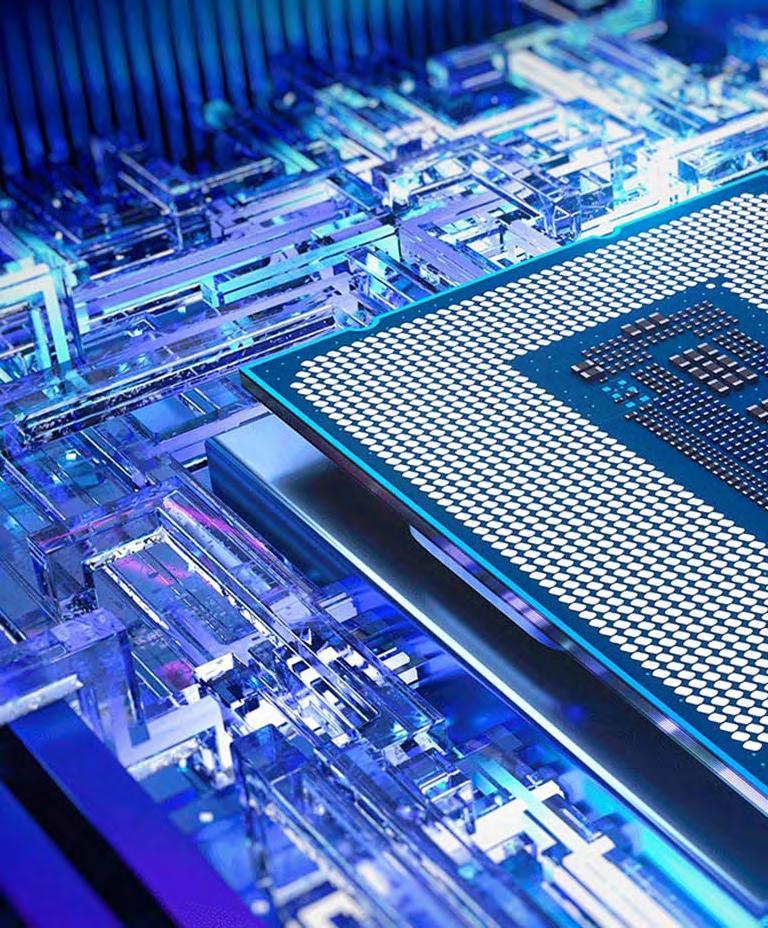
Innovating and developing modern technologies and solutions that can overcome the technological challenges and gaps in the semiconductor industry. For example, some chipmakers are exploring new materials, architectures, and designs that can improve the performance, efficiency, and scalability of chips.

Adapting and optimising the product design and features to use available chips or alternative components. For example, some automakers have removed nonessential features or minimised product customization to cope with the chip shortage.
This shortage is expected to last until 2024, depending on the recovery of the supply chain and demand of the market. Therefore, it is important for the affected industries to find ways to cope with the challenge and prepare for the future.
Pat Gelsinger’s leadership and his vision for Intel Corporation represents a continuation of the company’s rich history of innovation and commitment to U.S. manufacturing. Intel’s investments in semiconductor manufacturing facilities in the United States are a testament to the importance of domestic semiconductor production in maintaining technological leadership and national security. Intel’s role in the semiconductor industry remains pivotal, shaping the future of innovation and the global technology landscape. The company has helped create Silicon Valley and shape the history of computing. As the world enters a new era of data -centric computing driven technology inflections such as AI, 5G and the intelligent edge, intel is once again demonstrating its vision and ambition to lead the future of technology by investing $20 billion in building two new chips factories in Ohio. This is not only a bold move on American manufacturing but also a significant step towards fulfilling Intel’s mission: creating world changing technology that enriches the lives of every person on Earth.


